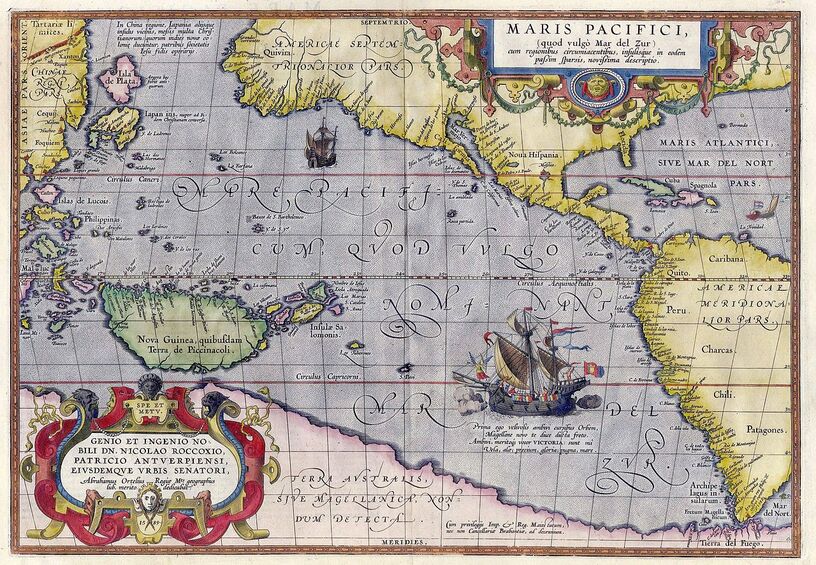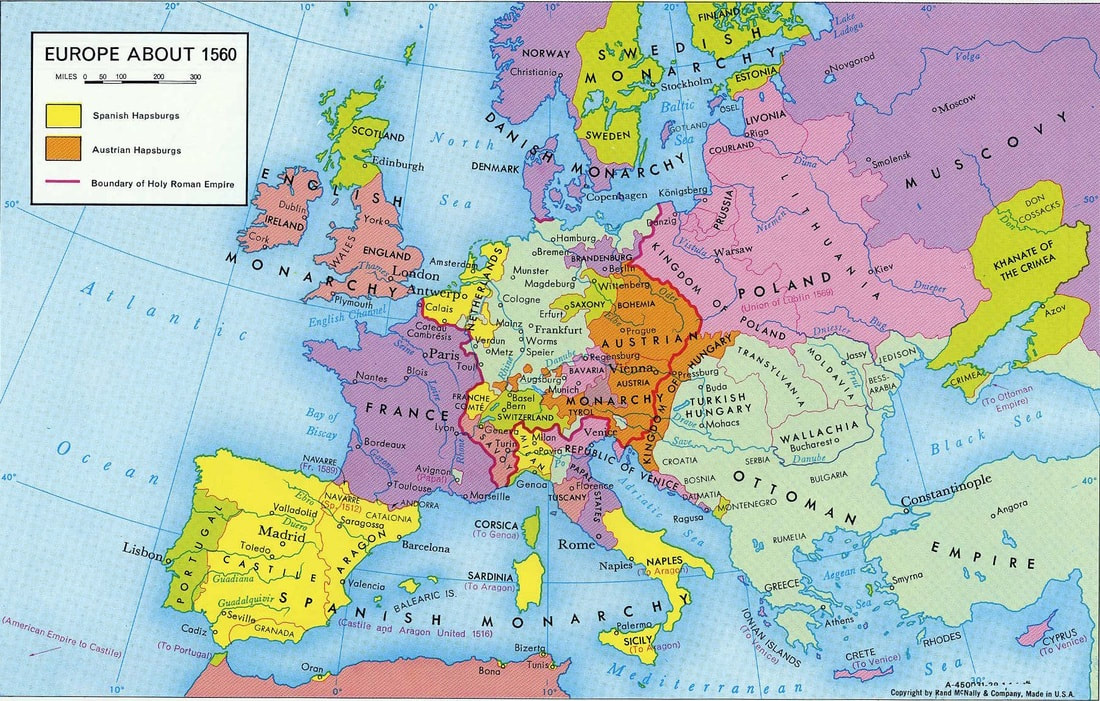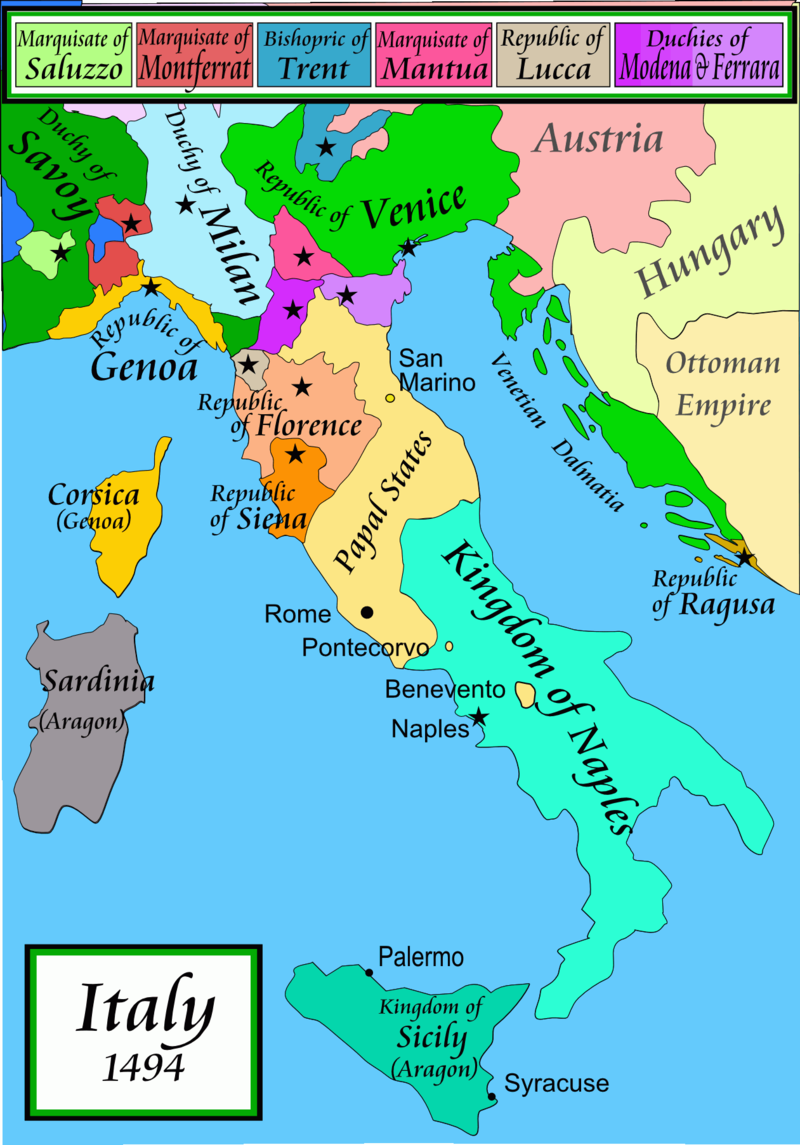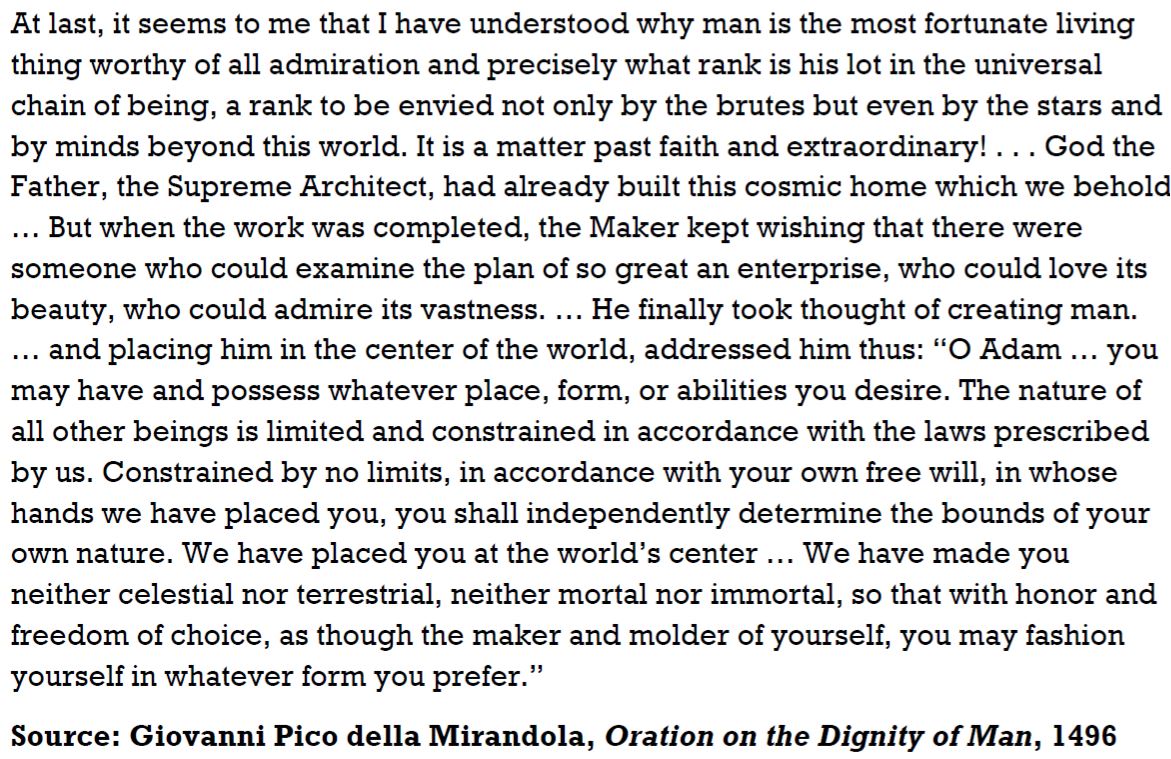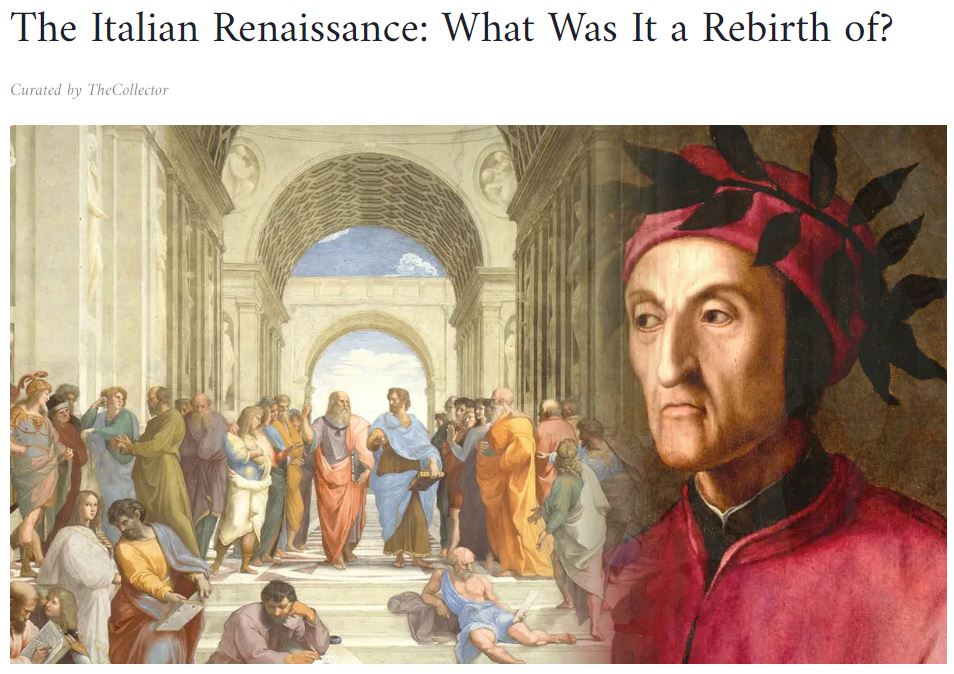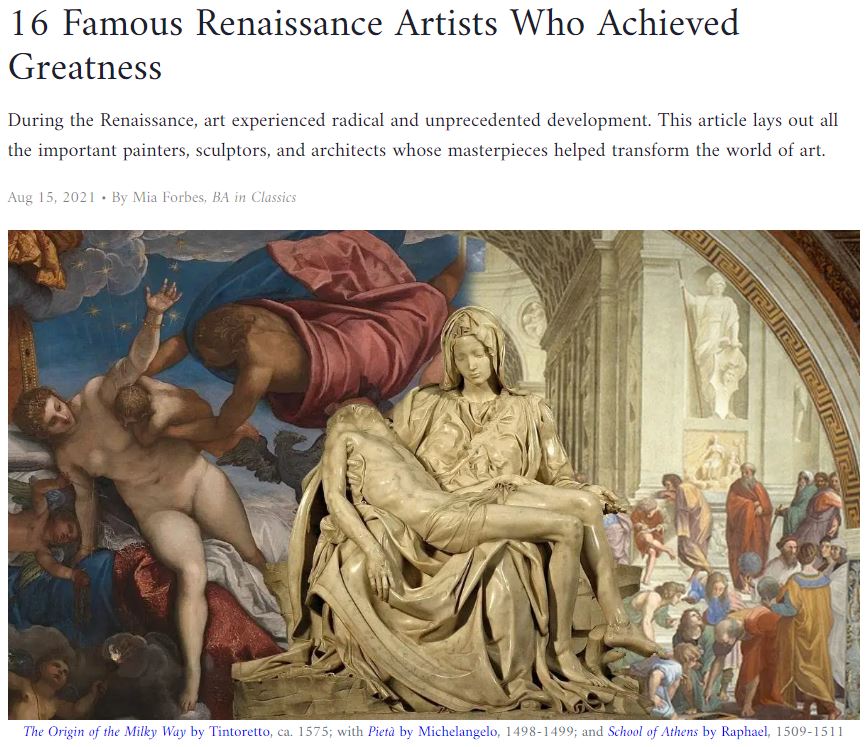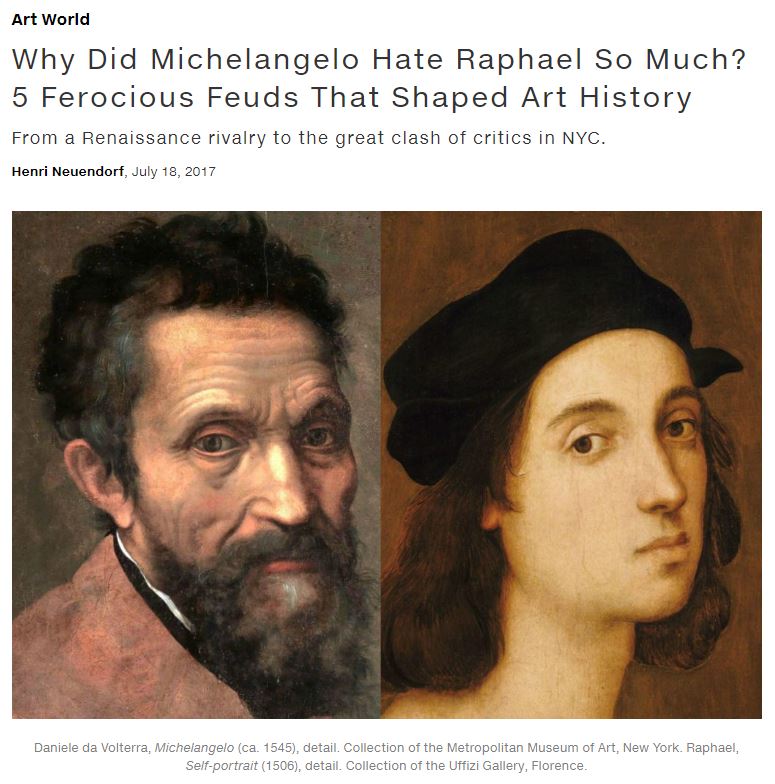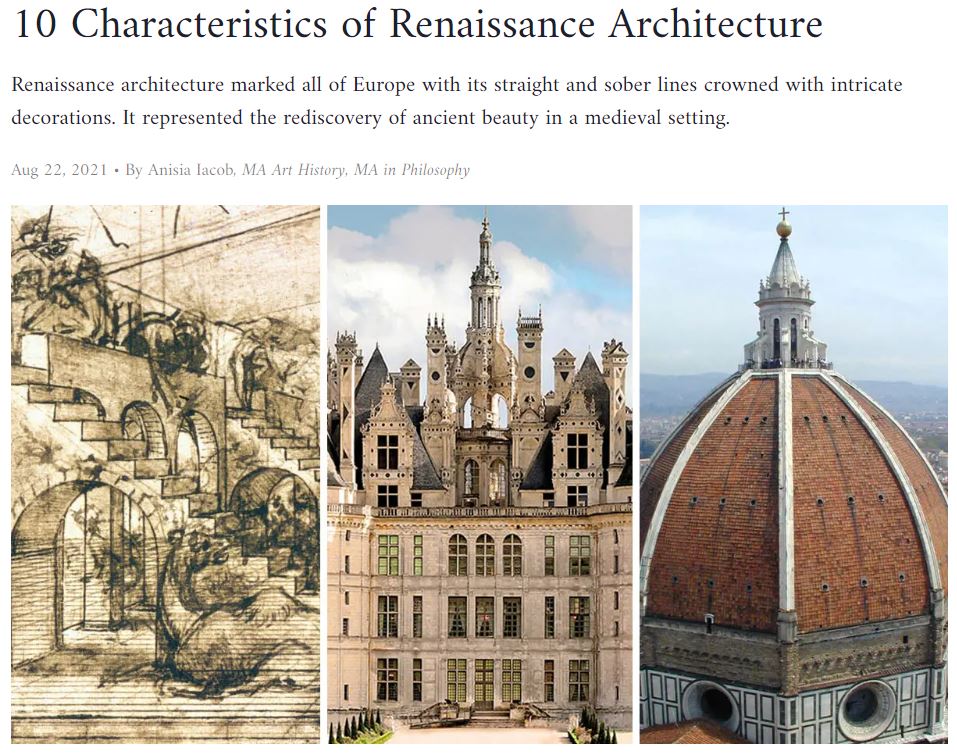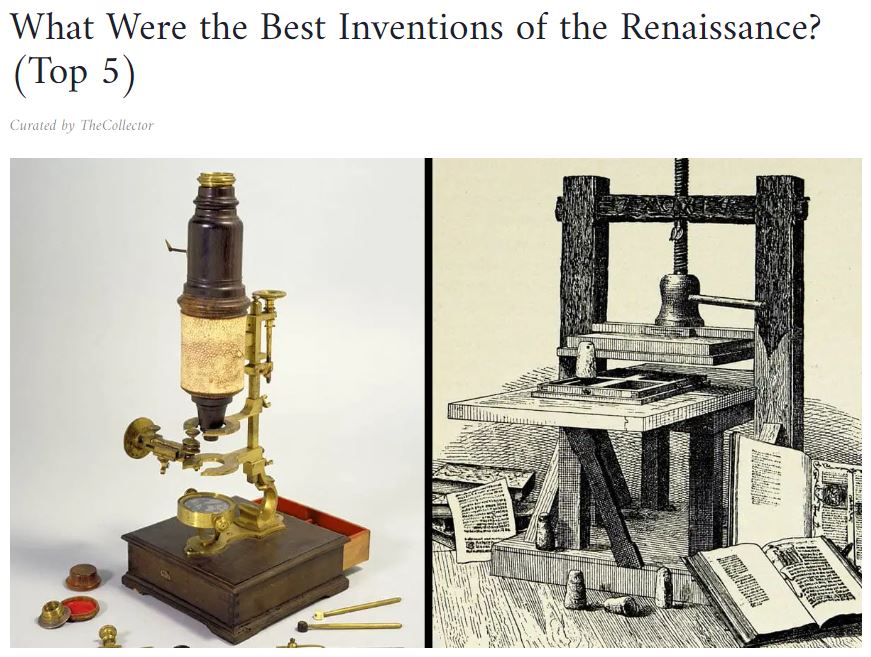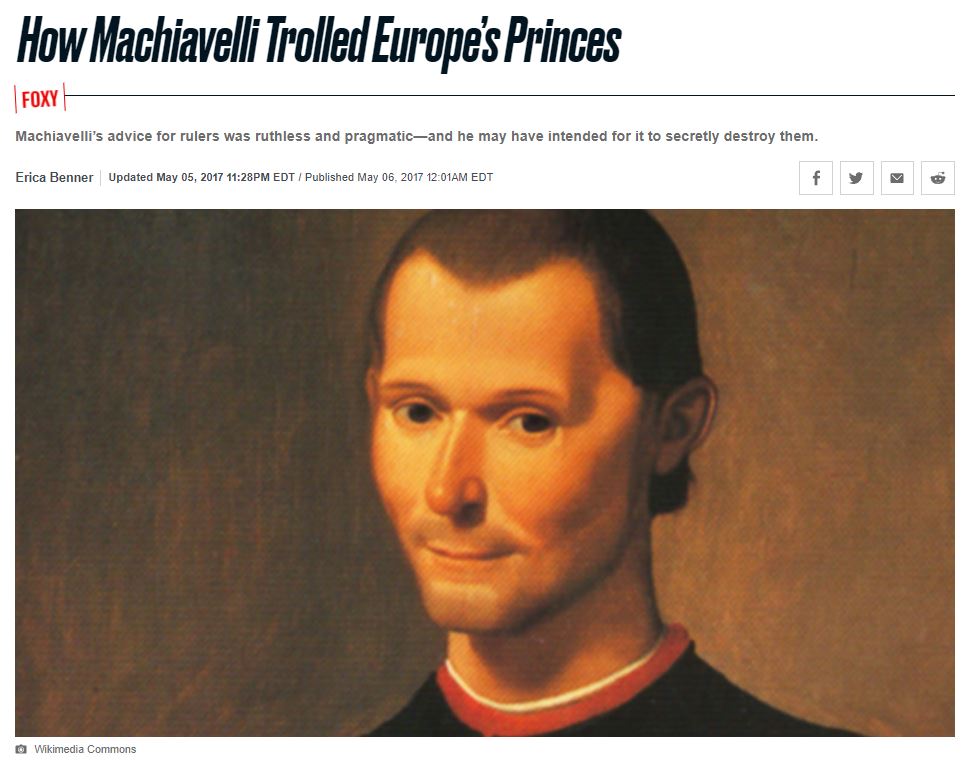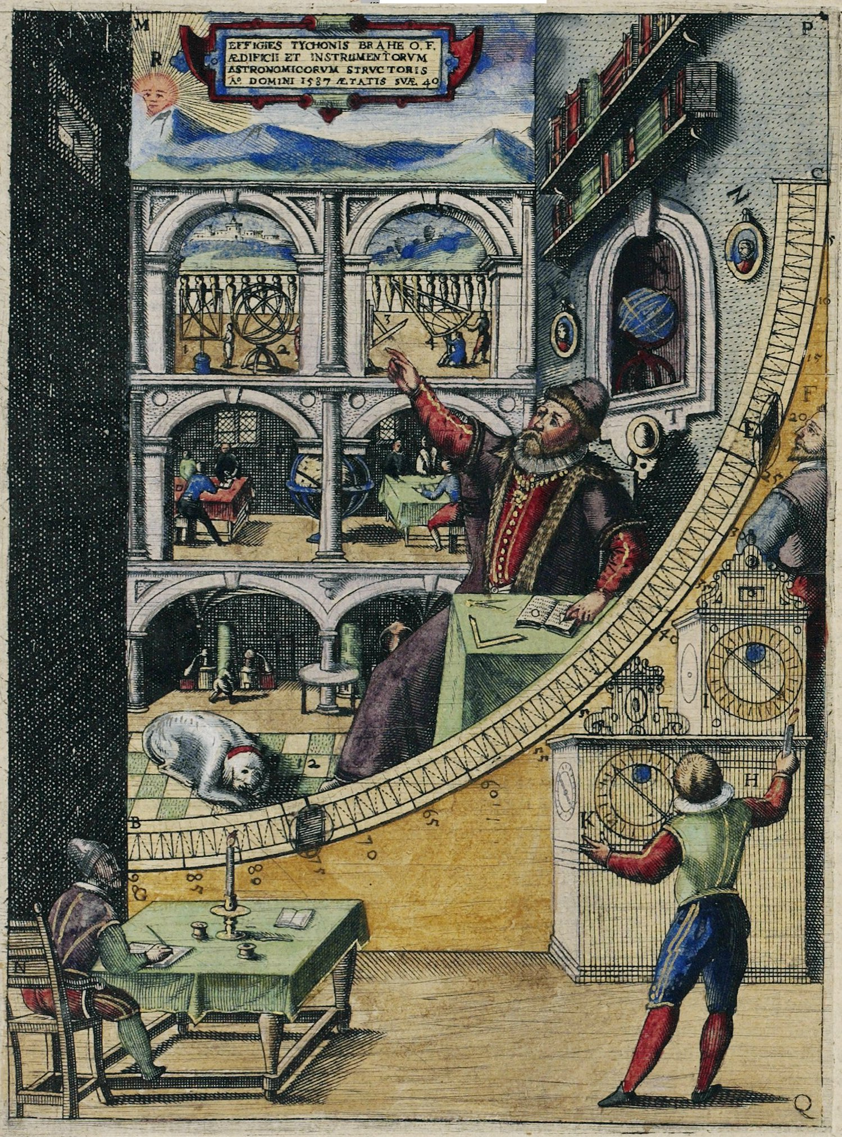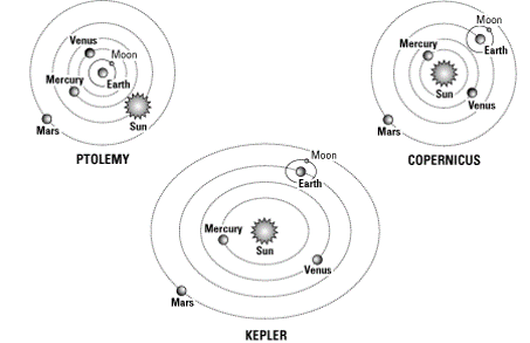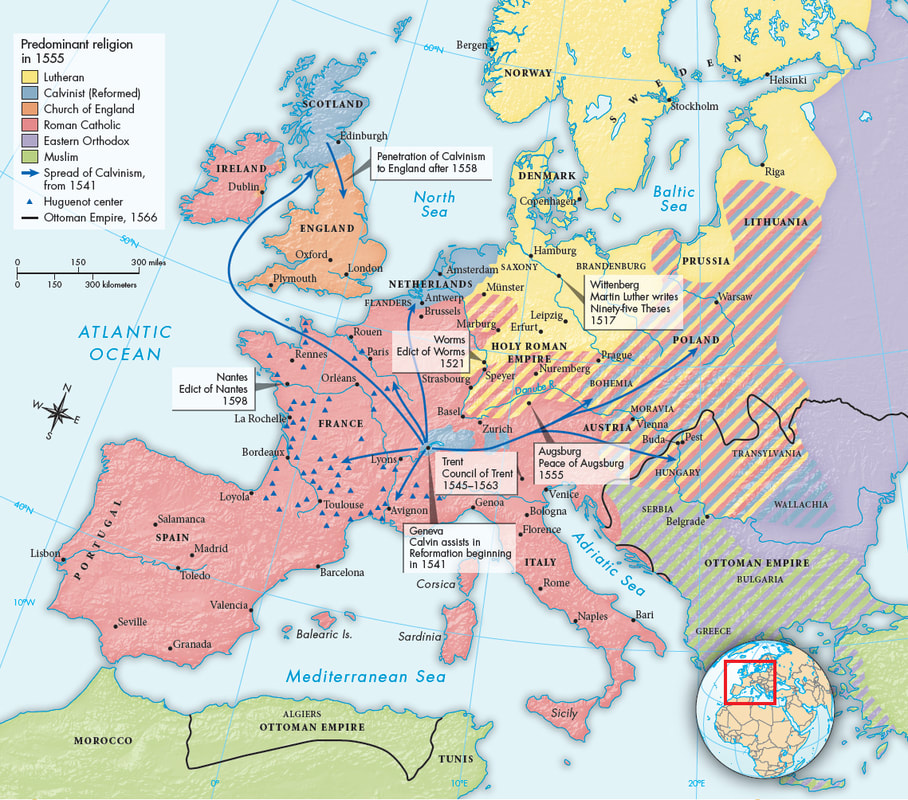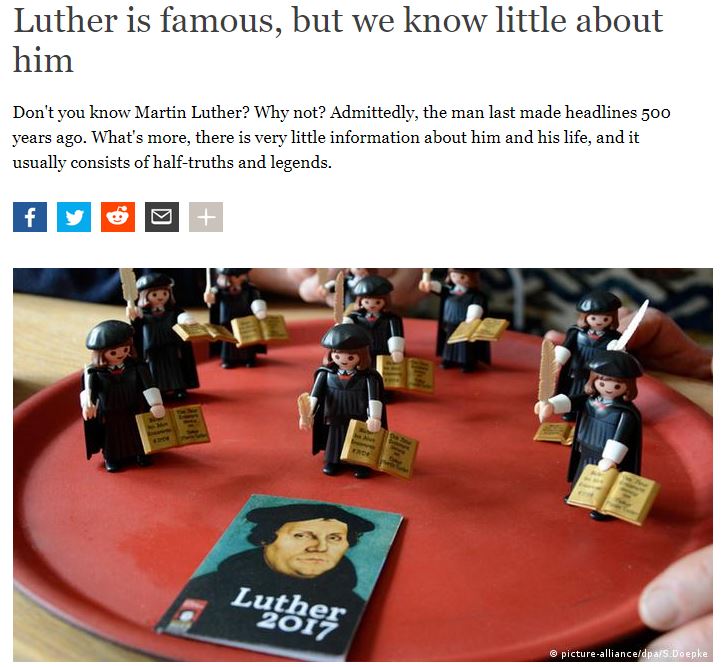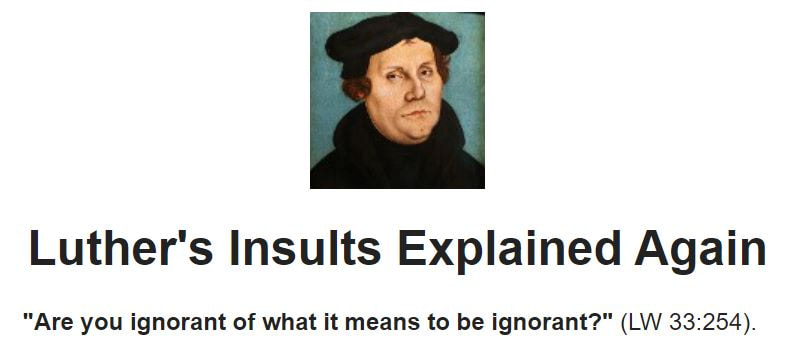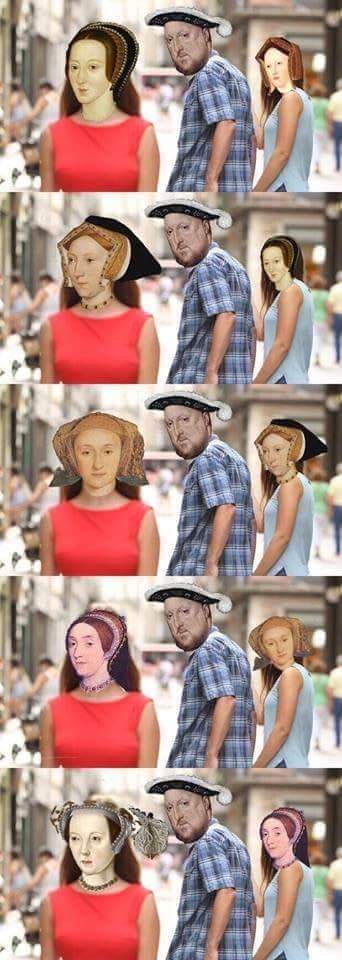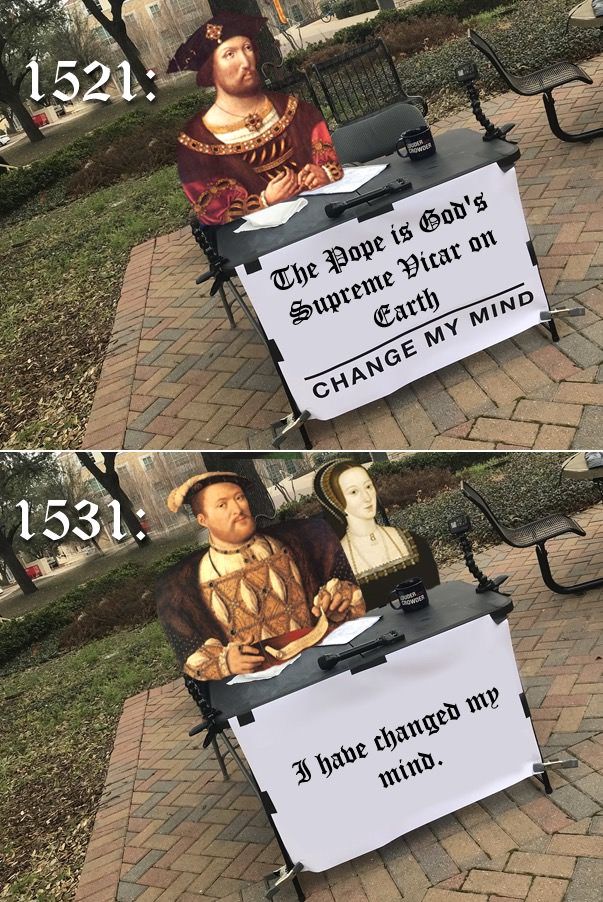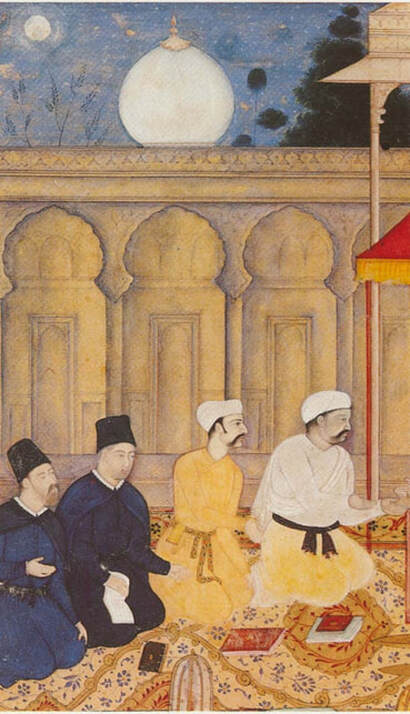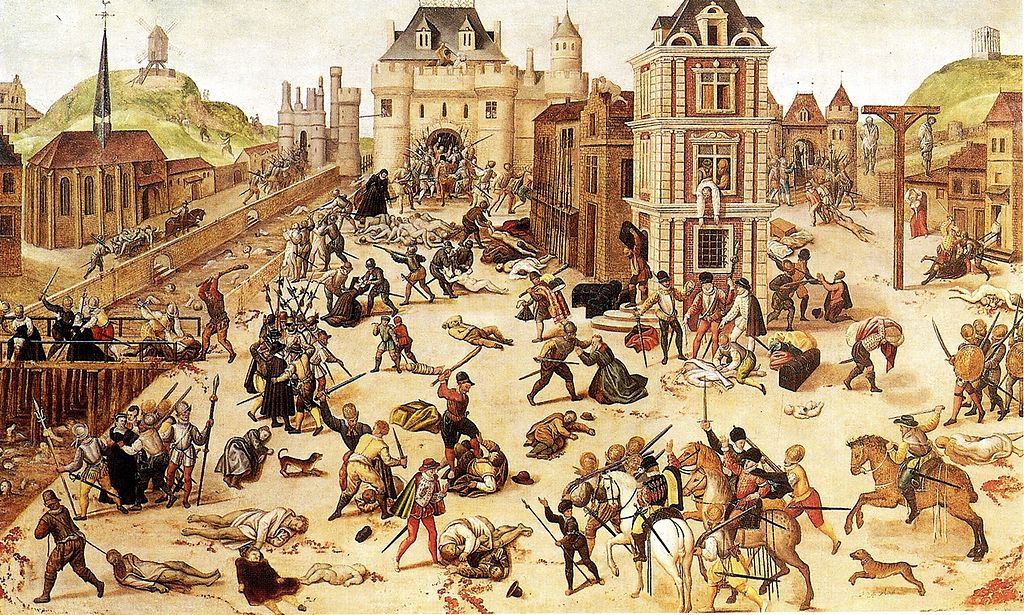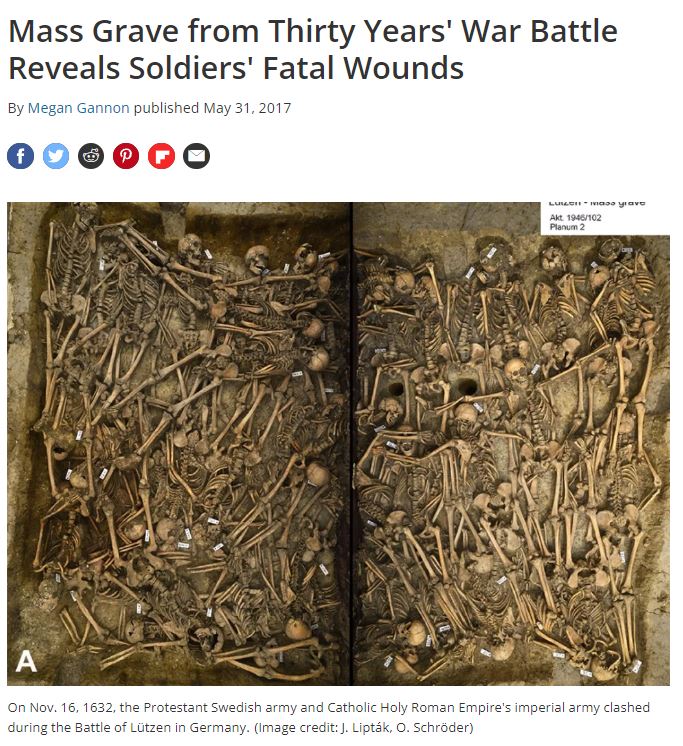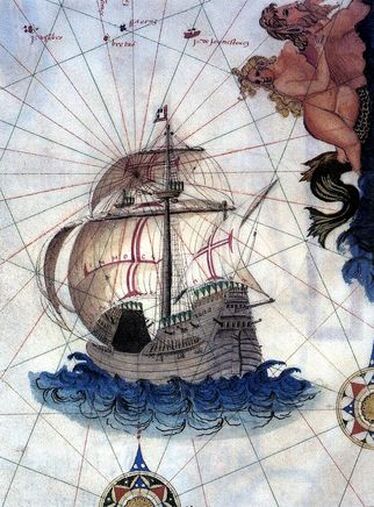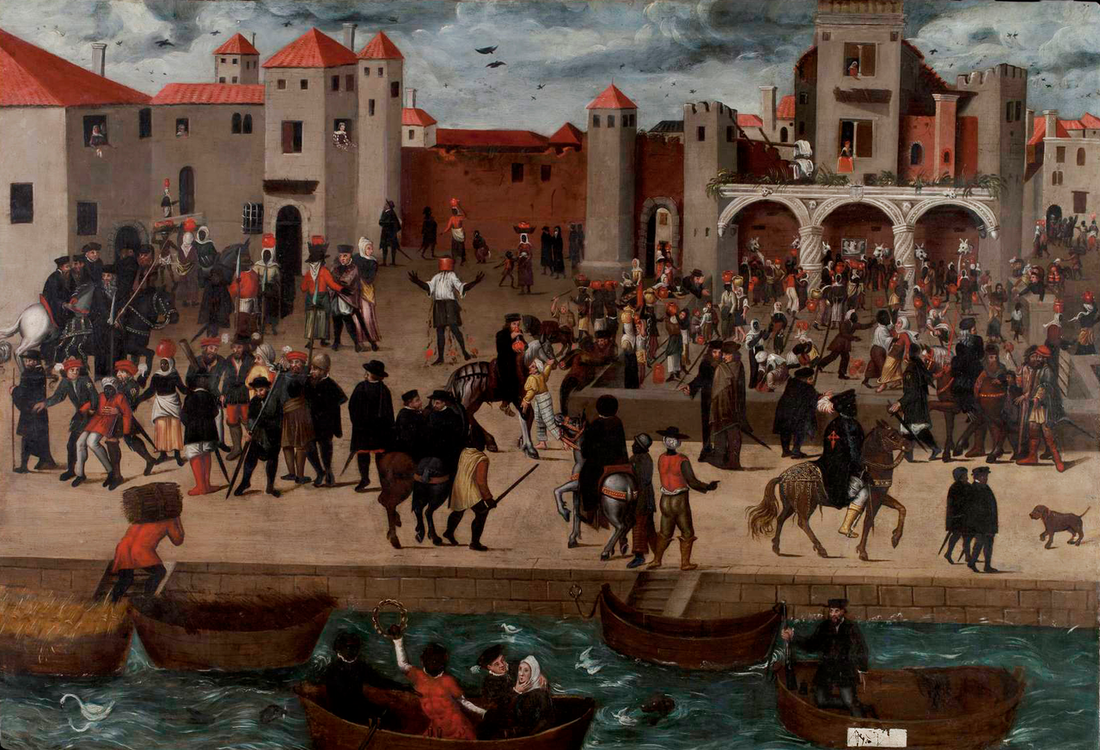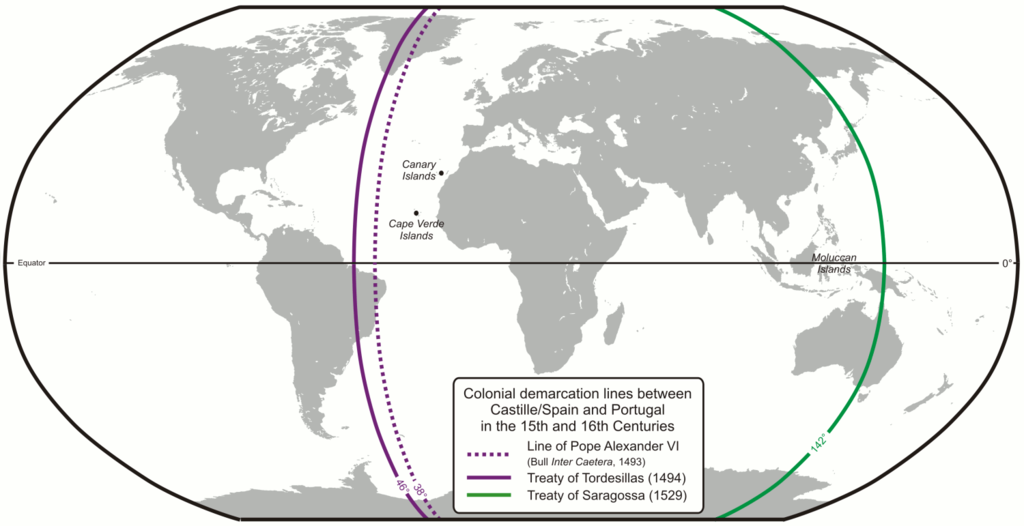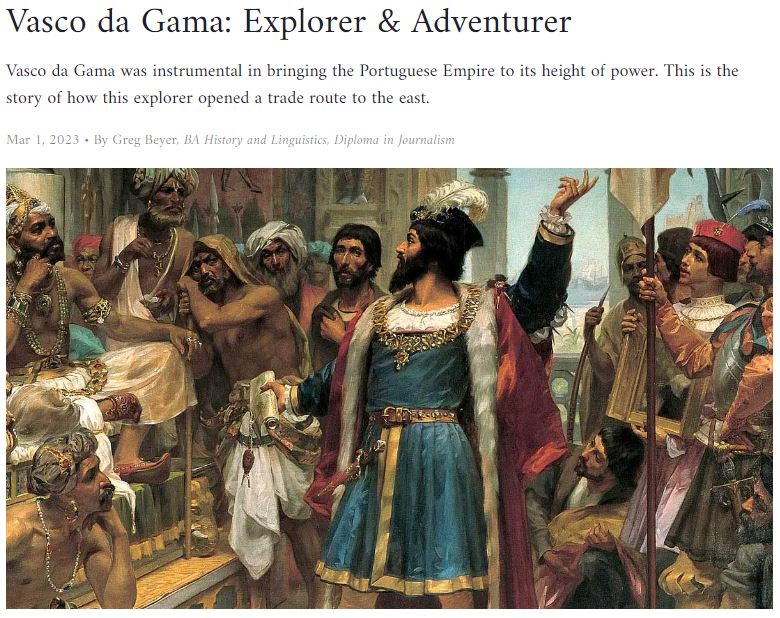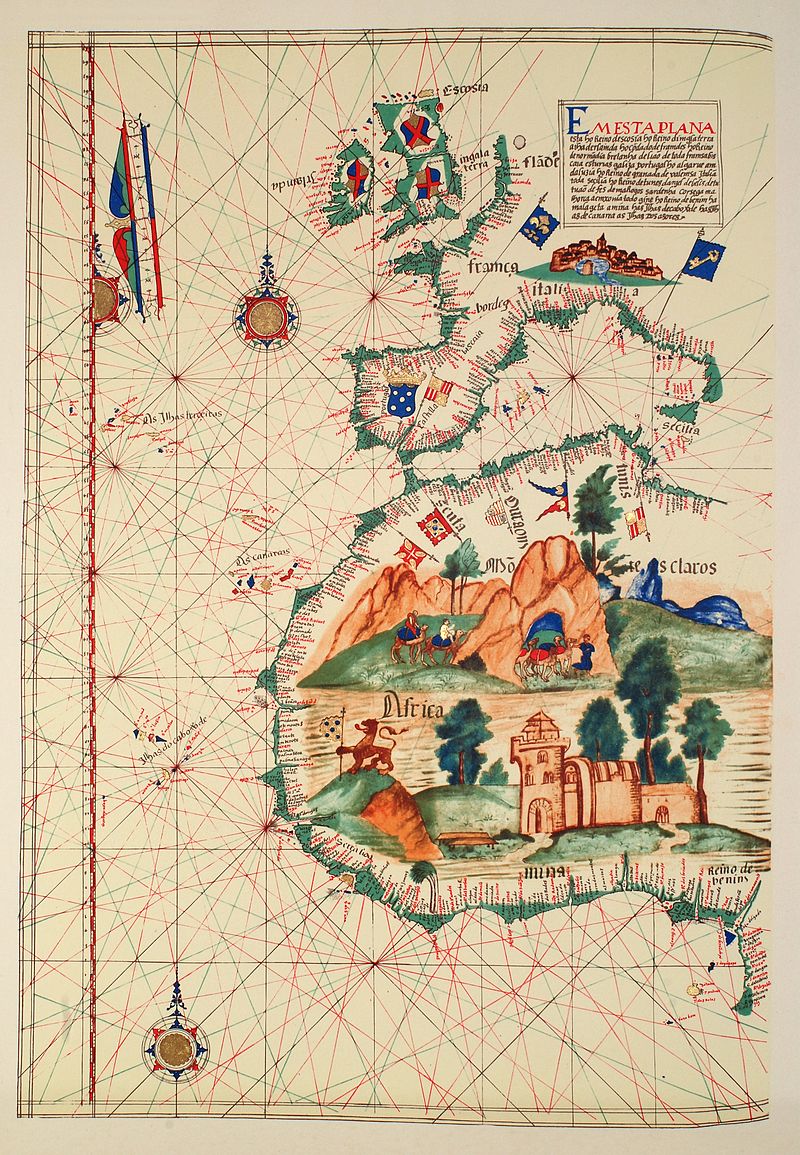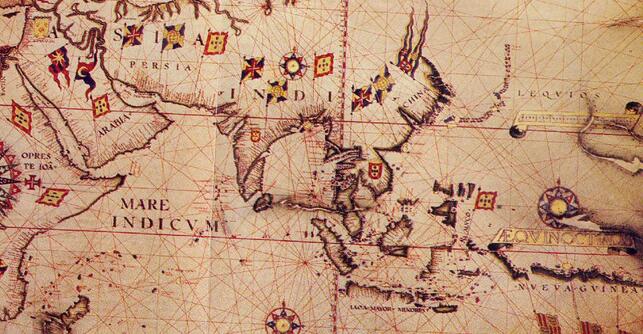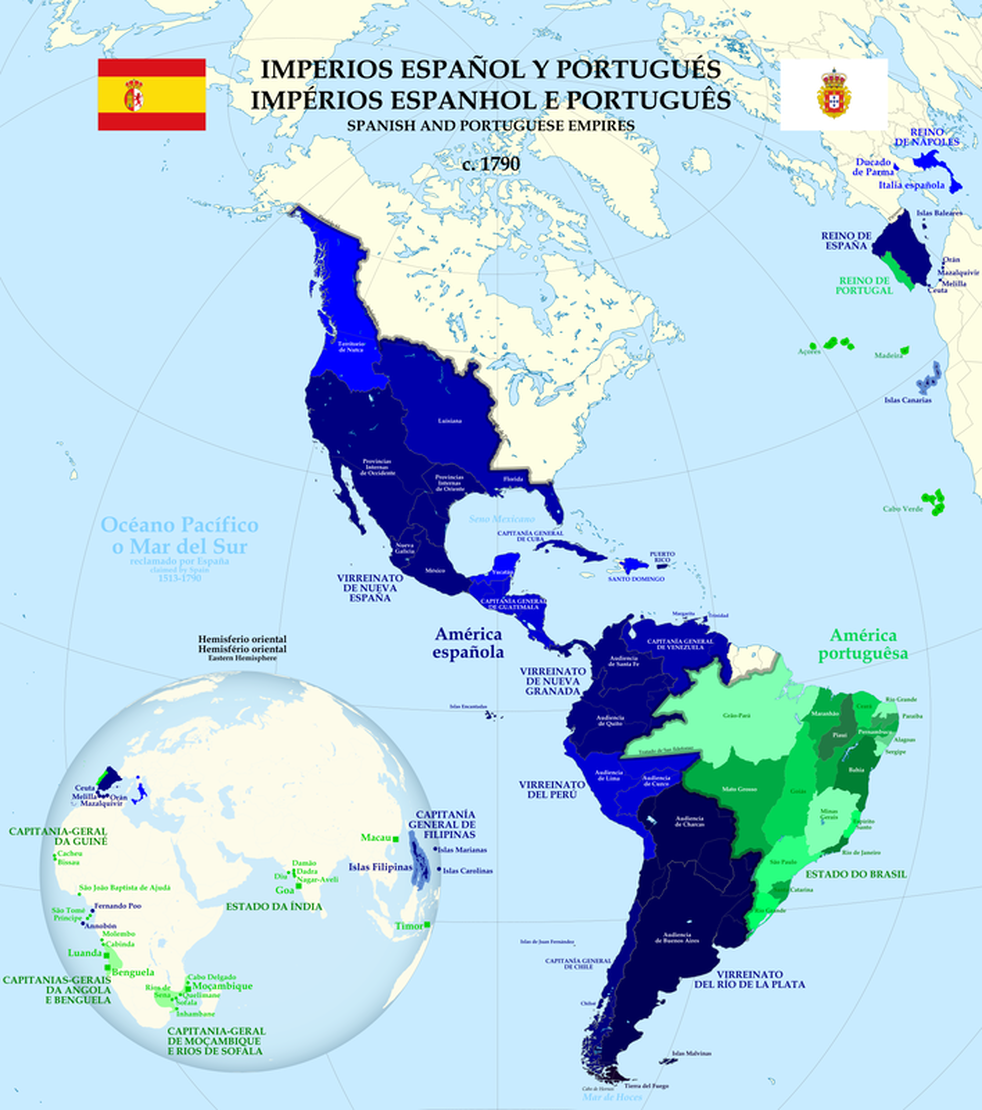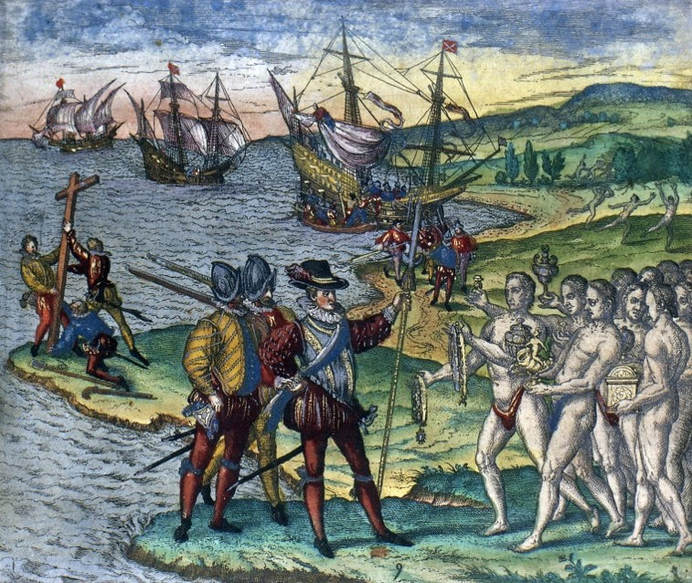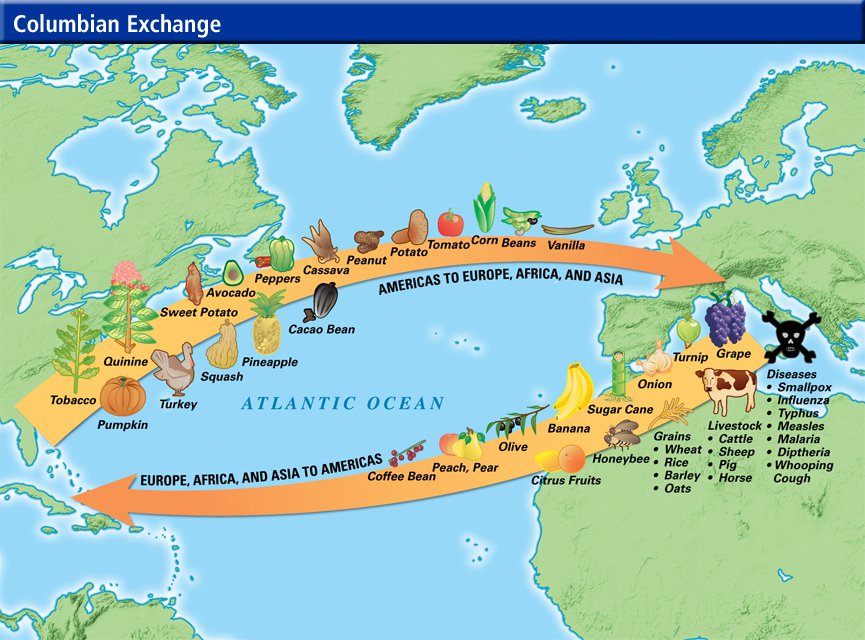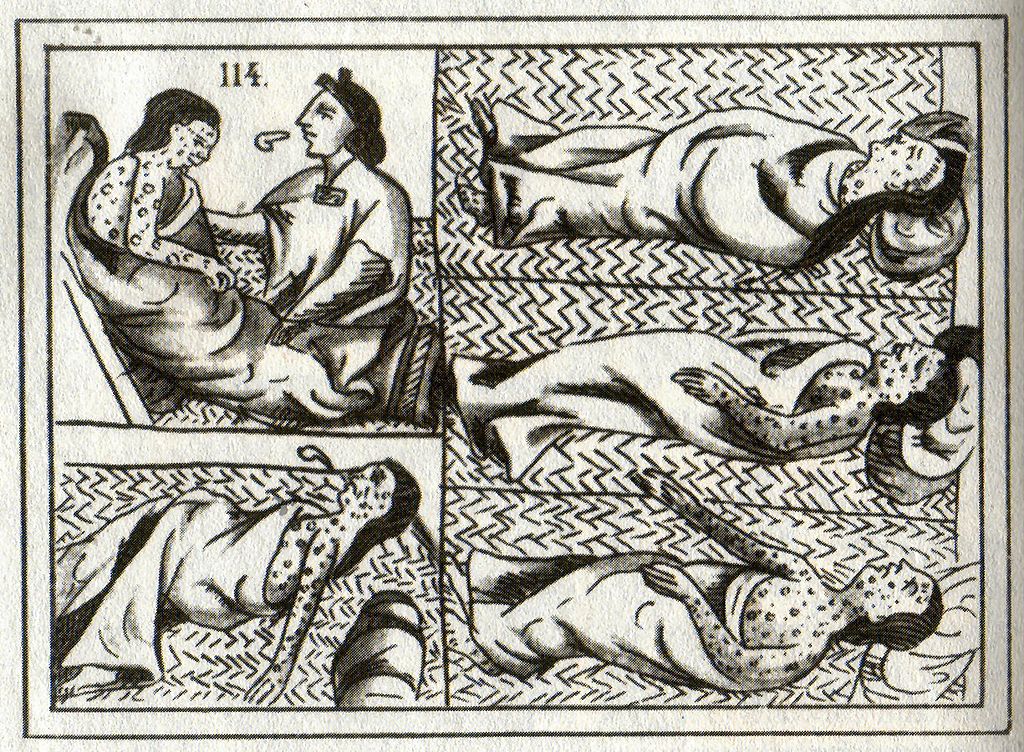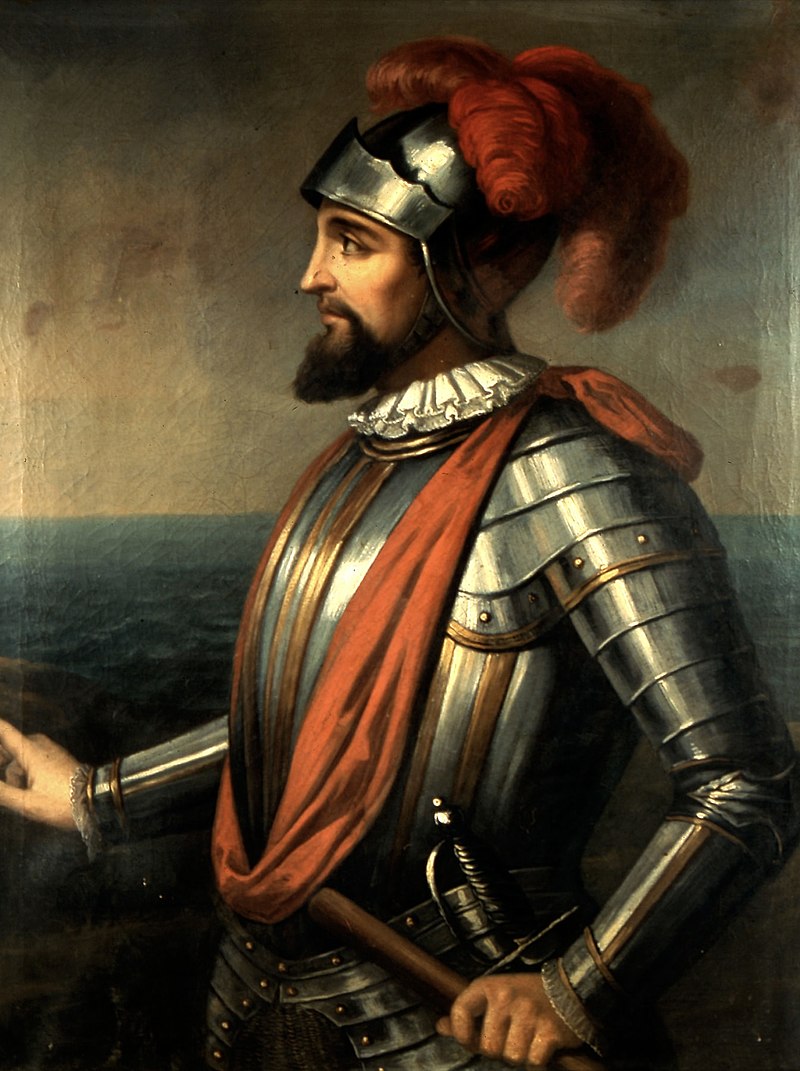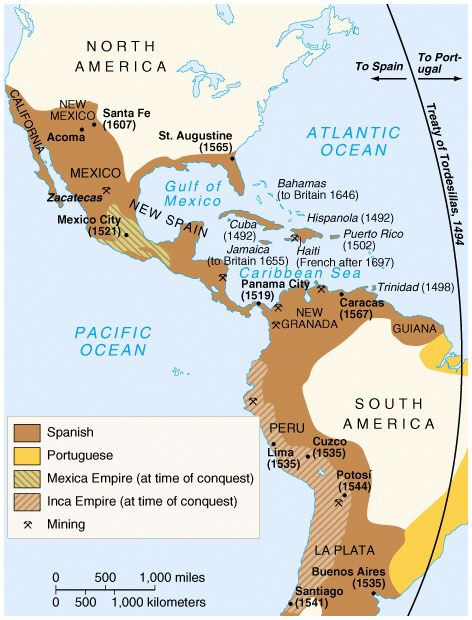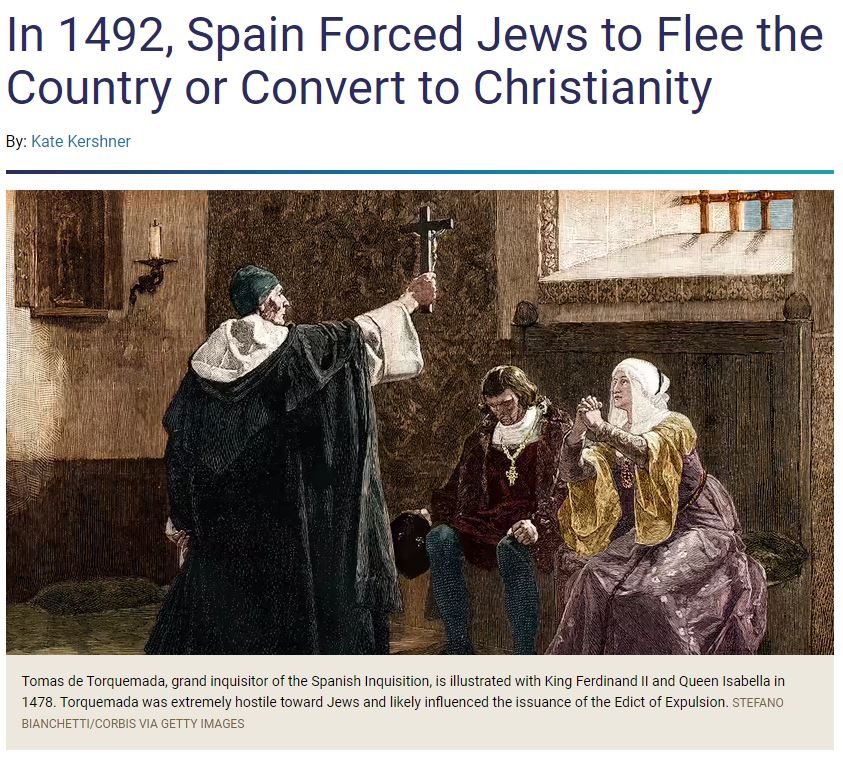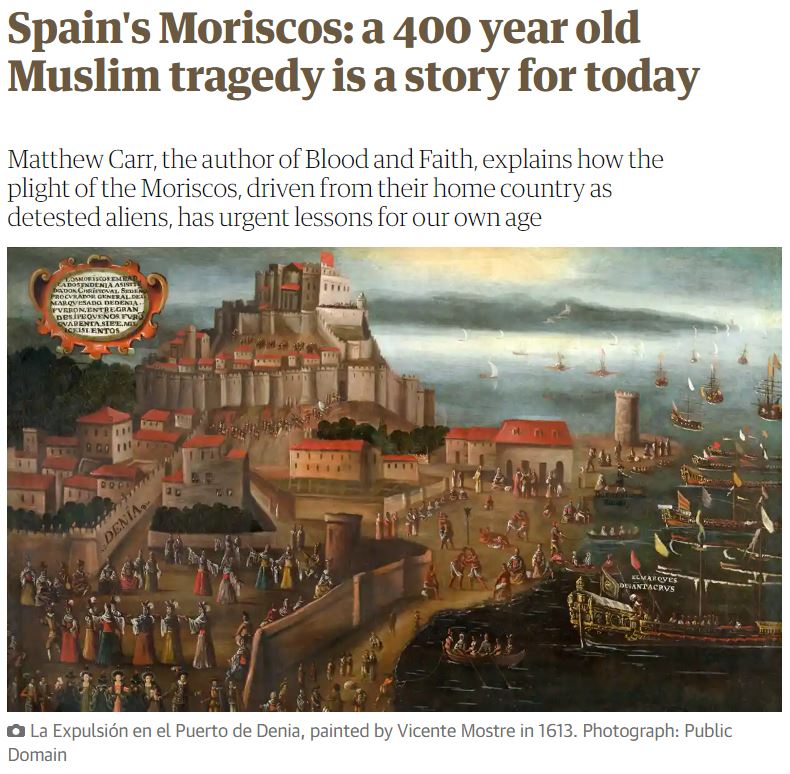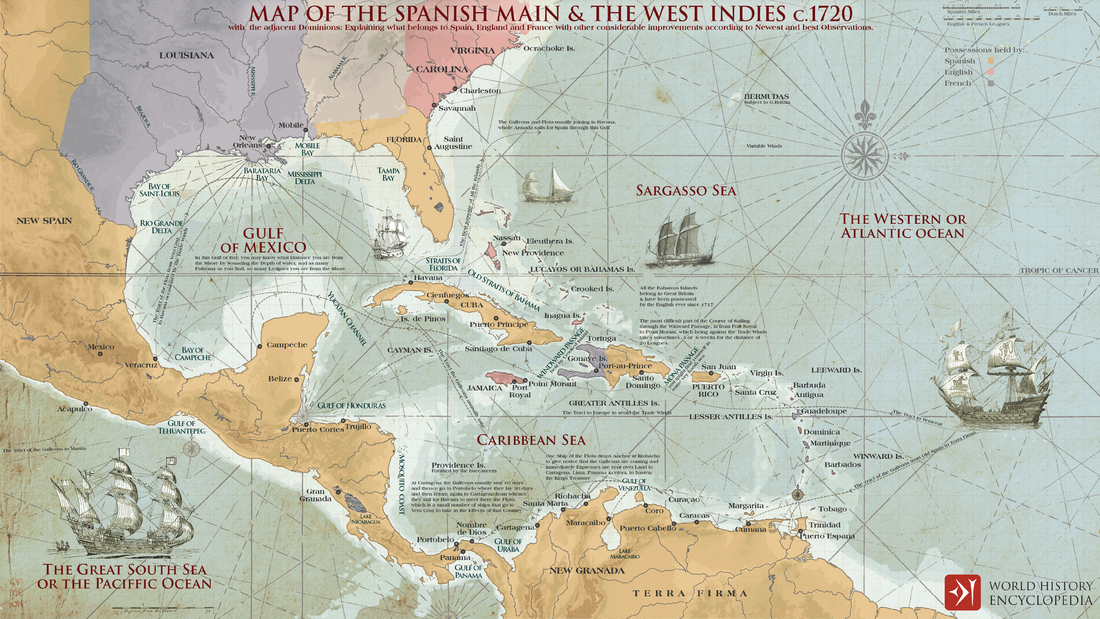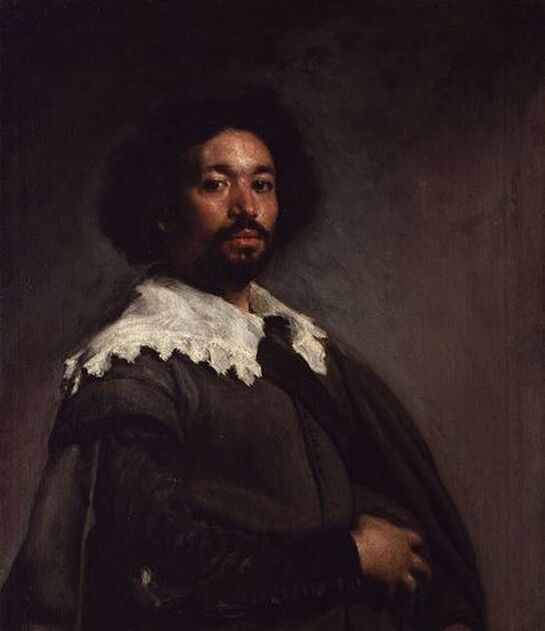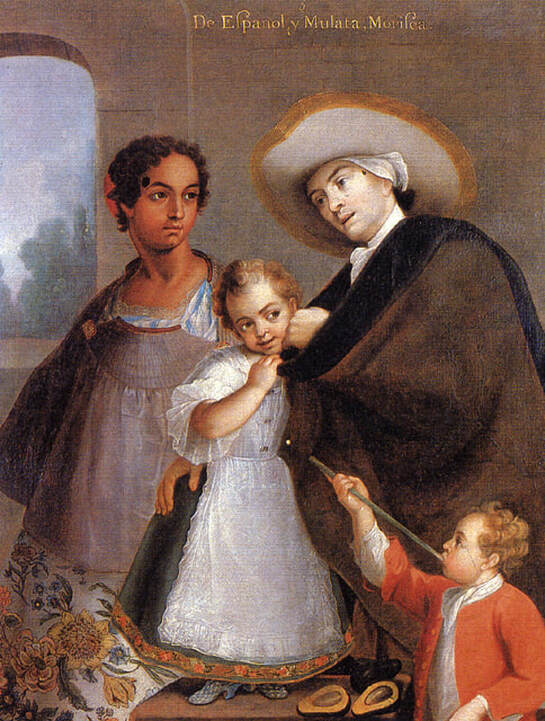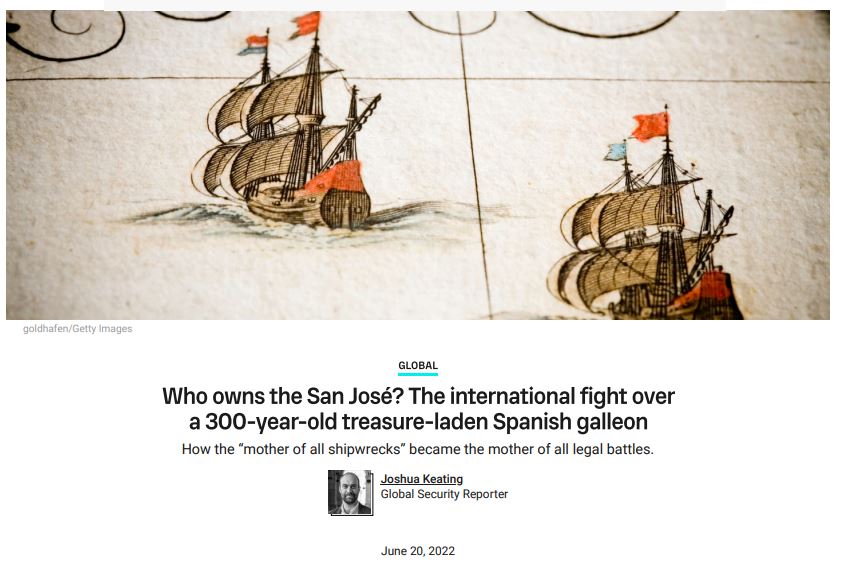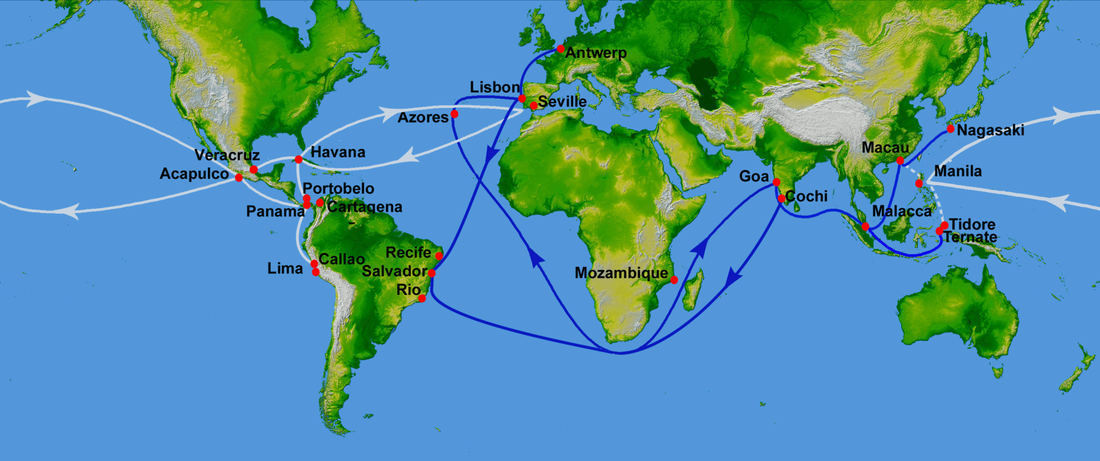Discovery
c. 1450-1750
Contents
Discovery, c. 1450-1750
Objectives
- Explain how cross-cultural interactions resulted in the diffusion of technology and facilitated changes in patterns of trade and travel from 1450 to 1750.
- Describe the role of states in the expansion of maritime exploration from 1450 to 1750.
- Explain the economic causes and effects of maritime exploration by the various European states.
- Explain the causes of the Columbian Exchange and its effects on the Eastern and Western Hemispheres.
Renaissance
Italian Renaissance works
Northern Renaissance works
|
Knowledge, scientific learning, and technology from the Classical, Islamic, and Asian worlds spread, facilitating European technological developments and innovation.
audio pronunciation guide:
|
|
The Renaissance (comprehensive)
The Renaissance (abridged)
|
The Scientific Revolution
|
The Scientific Revolution (comprehensive)
The Scientific Revolution (abridged)
|
The Reformation and European Wars of Religion
The St. Bartholomew's Day massacre of French Protestants (1572) was the climax of the French Wars of Religion, which were brought to an end by the Edict of Nantes (1598).
|
The Reformation and European Wars of Religion (comprehensive)
The Reformation and European Wars of Religion (abridged)
|
Transoceanic Travel
|
A Portuguese carrack as depicted in a map made in 1565.
|
audio pronunciation guide:
|
|
Transoceanic Travel (comprehensive)
Transoceanic Travel (abridged)
|
Portuguese Empire
The King's Fountain (c. 1570) depicts early globalization in Lisbon, Portugal. Trade goods from Japan and India are present. Around 10% of Lisbon's population had African ancestry found in all social classes. There are both black and white slaves present. Note the upper-class African knight in the lower right corner.
|
Lines dividing the non-Christian world between Spain and Portugal
Article: Vasco da Gama: Explorer & Adventurer
nautical chart of Portuguese cartographer Lázaro Luís, 1563
|
Portuguese development of maritime technology and navigational skills led to increased travel to and trade with Africa and Asia and resulted in the construction of a global trading-post empire.
audio pronunciation guide:
|
Portuguese India, with its capital in Goa, then often called in Europe the "Rome of the East"
|
Portuguese Empire (comprehensive)
Portuguese Empire (abridged)
|
Spanish Conquest and Empire
|
Depiction of Taino encountering Christopher Columbus, engraving, ca. 1594, by Theodor de Bry
earliest European depiction of a man smoking tobacco
Aztec victims of smallpox from the Florentine Codex (compiled 1555–1576)
|
audio pronunciation guide:
|
|
Spanish Conquest (comprehensive)
Spanish Conquest (abridged)
|
|
As a mullato slave, Juan de Pareja assisted famed painter Diego Velázquez who freed him the year Velázquez made this portrait of him.
|
audio pronunciation guide:
|
White represents the route of the Manila Galleons in the Pacific and the flota in the Atlantic. Blue represents Portuguese routes.
|
Spanish Empire (comprehensive)
Spanish Empire (abridged)
|
